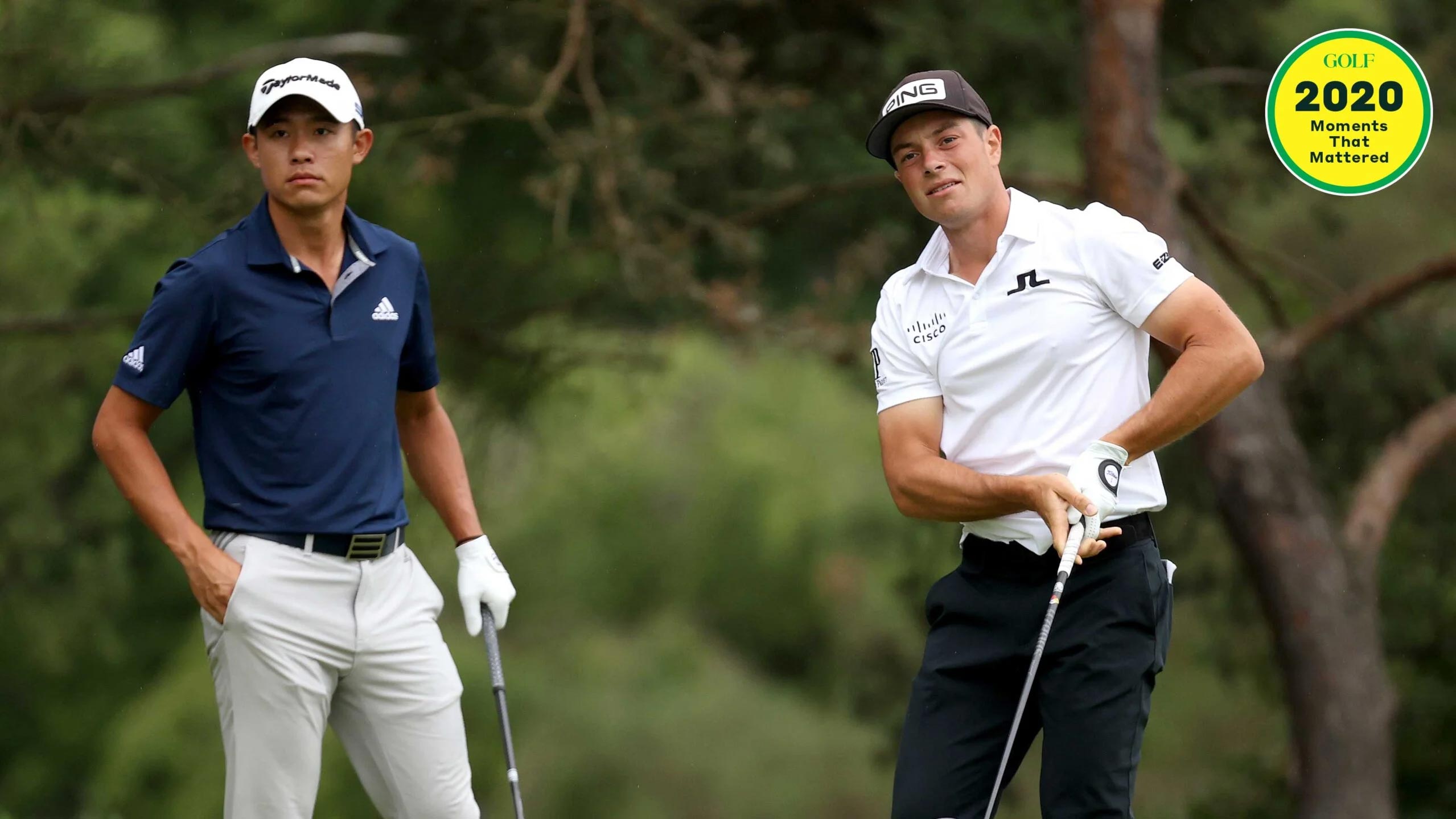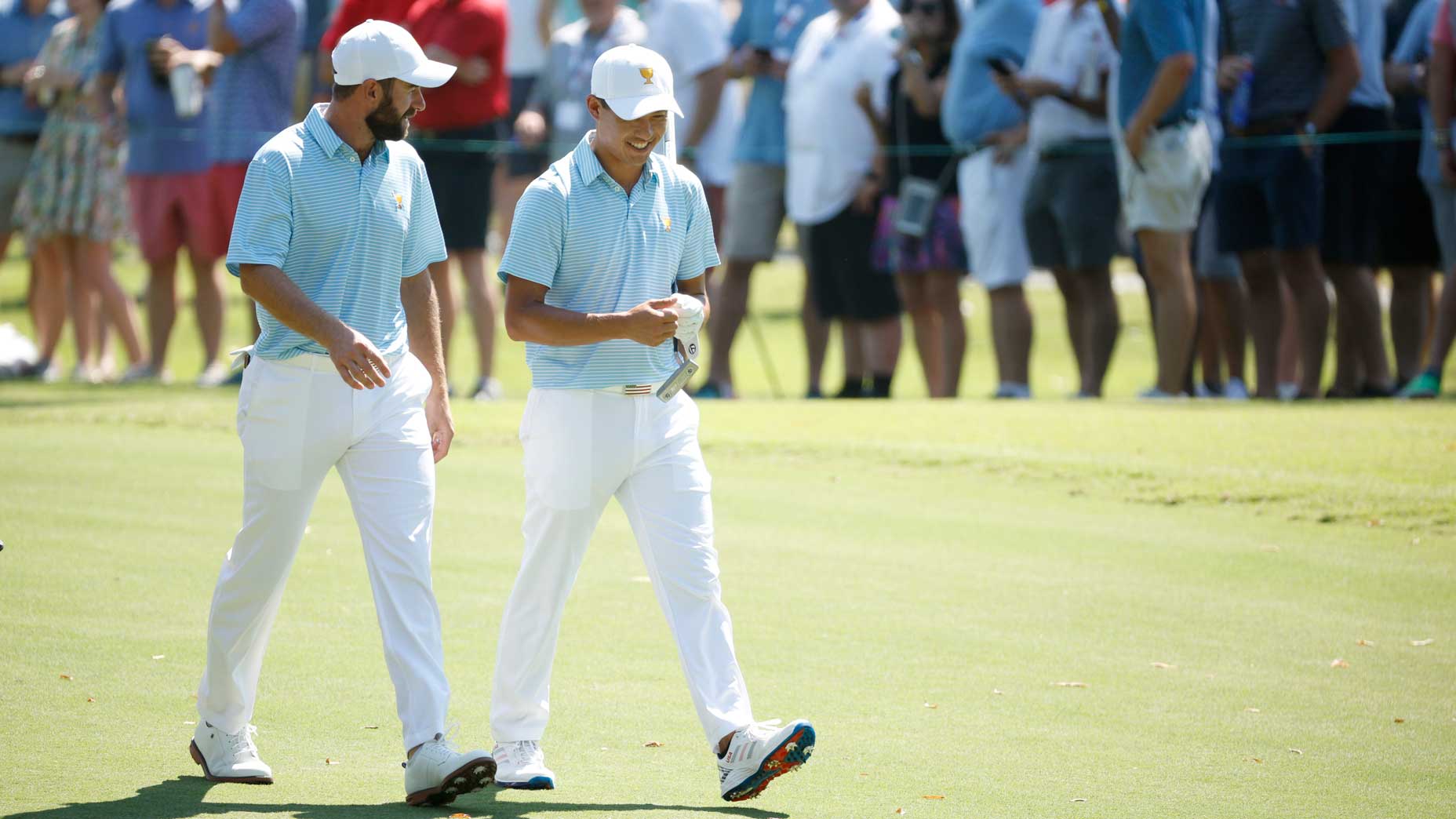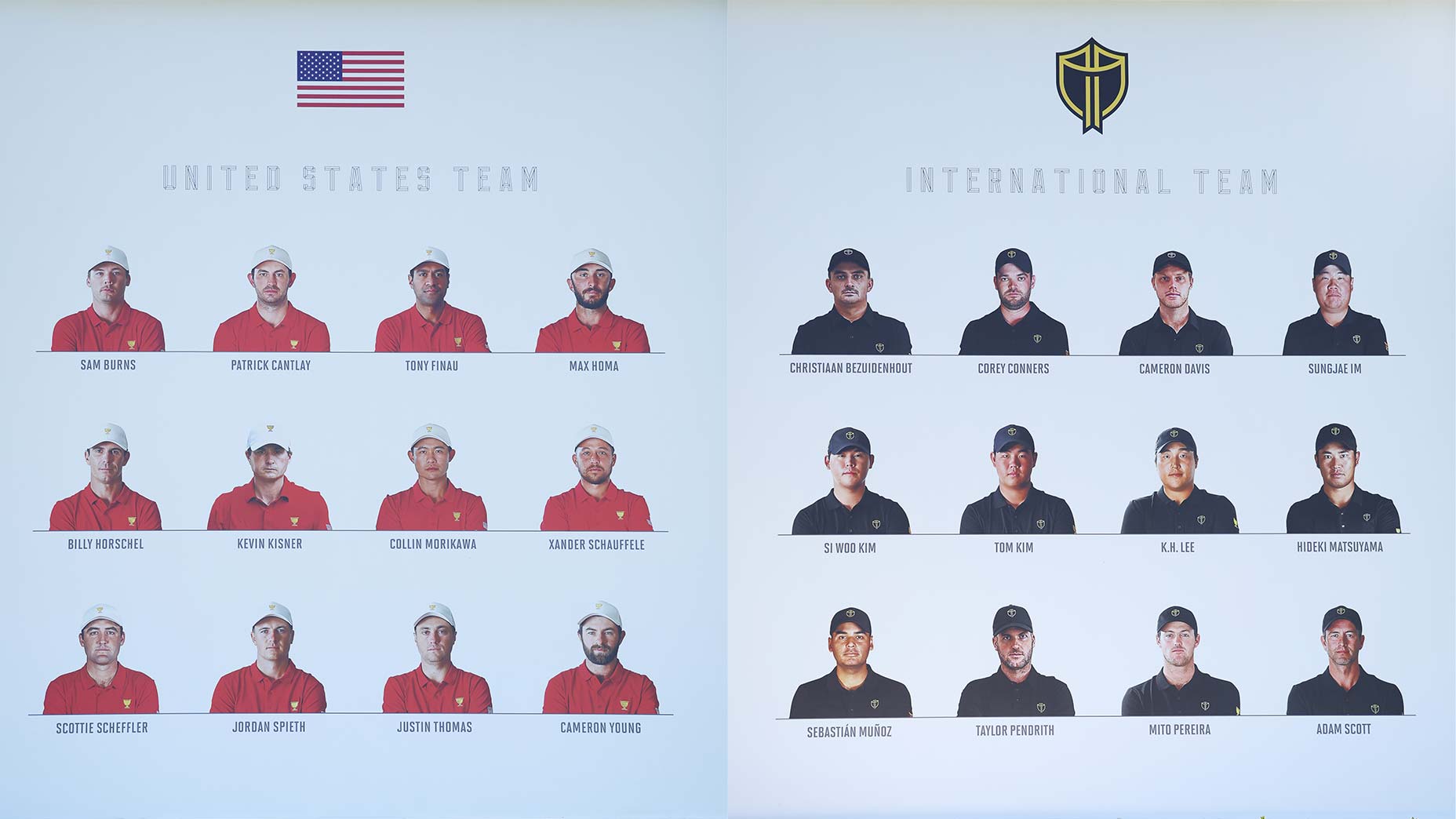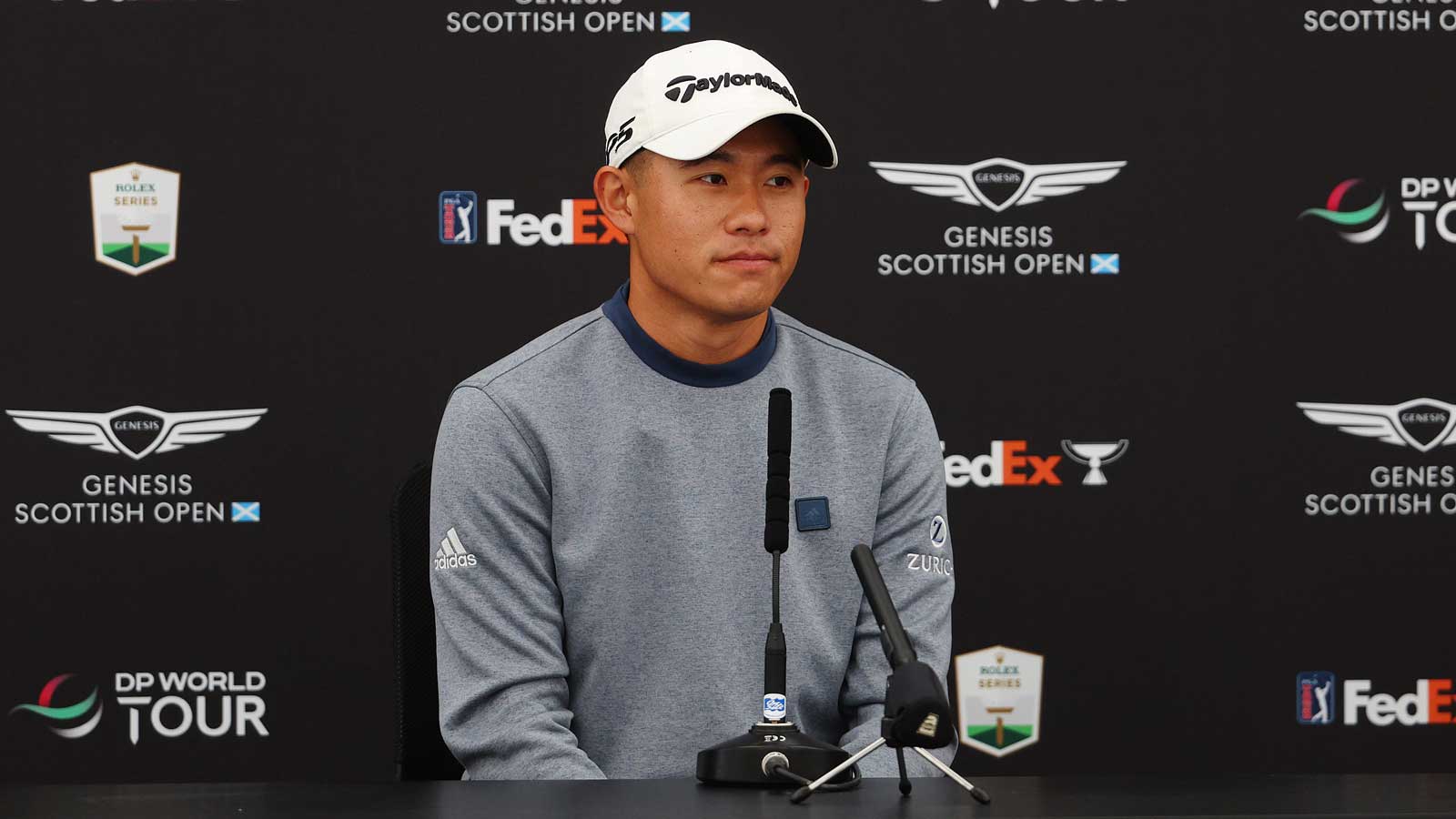If the 2020 season proved one thing, it’s this: these are not your father’s PGA Tour stars.
Sure, the old guard hasn’t gone far, but it has given way to a newer, younger breed of PGA Tour superstar. Names like Hovland, Wolff and Morikawa now dominate Sunday leaderboards, despite remaining only a few years removed from the collegiate game.
The youthful insurgence in golf is owed largely to the sport’s growing professionalization. For the youngest generation of superstars, golf isn’t just a job, it’s a lifestyle. One accompanied by a team of people tasked with helping a group of burgeoning 20-somethings reach (and maintain) peak performance.
There are few golfers more apt to understand the changing dynamics on tour than Luke List, a PGA Tour journeyman who came of age professionally around the time waves of players began experimenting with making golf a 365-day focus.
As List understands it, the tectonic shift that gave way to the likes of Wolff and Morikawa is not owed to changing physical standards nor the distance boom. Rather, it is owed to a change in philosophy.
“Just the mentality, you felt you that you’d go to college, then graduate, then go to the Mini Tours,” List said on this week’s episode of GOLF’s Subpar. “That doesn’t exist anymore. These guys are ready to win. 18-22, that range, they’re ready to go. They’re weathered and their swings are good and they’re ready to make a bunch of birdies.”
List saw it first in the early 2010s, watching as Rory McIlroy, Rickie Fowler and Brooks Koepka exploded out of the college and junior ranks into massive professional success.
The youth movement on the PGA Tour this year? It was more like a youth statementBy: Alan Shipnuck
With players groomed for years to land Tour cards, List says it should be no surprise to see success at an early age. Unlike other professional sports where turning pro includes changing strategies and rules, golf takes on the same form in college as it does on the PGA Tour, spare for a few small details.
“The golf ball and the golf club are the same, and the hole is the same size, so they just go for it,” List said. “It’s impressive.”
List has watched the changing dynamics even seep into personal relationships. While the Jupiter Island boys aren’t going anywhere soon, players have grown more isolated from week-to-week.
“For the most part, you’re in your little pod, your team, your trainer, your chef, your whatever,” List said. “They’re all-in every week. It’s just different.”
To hear the rest of List’s Subpar interview, check out the video below or subscribe to Subpar on Apple Podcasts or Spotify.










